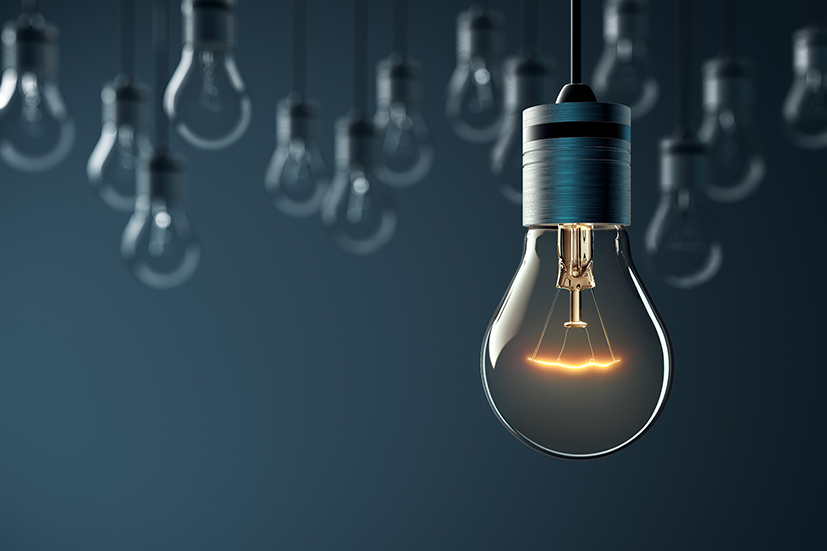REGISTER FOR NEWSLETTER
REGISTER FOR NEWSLETTER

The erosion of night‐time by the introduction of artificial lighting constitutes a profound pressure on the natural environment. It has altered what had for millennia been reliable signals from natural light cycles used for regulating a host of biological processes, with impacts ranging from changes in gene expression to ecosystem processes.
Read More: Nature, extent and ecological implications of night‐time light from road vehicles →

Artificial illumination can stop us sleeping and make us ill. We need fresh strategies and technologies, argues Karolina M. Zielinska-Dabkowska.

Artificial lighting is a particular problem for animals active at night. Approximately 69% of mammal species are nocturnal, and one-third of these are bats. Due to their extensive movements—both on a nightly basis to exploit ephemeral food supplies, and during migration between roosts—bats have an unusually high probability of encountering artificial light in the landscape.
REGISTER FOR NEWSLETTER